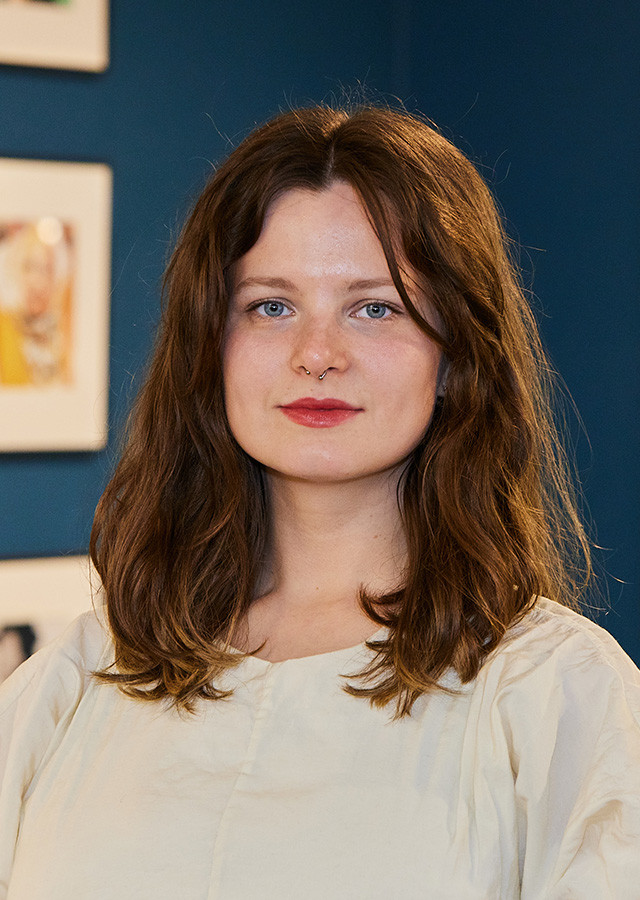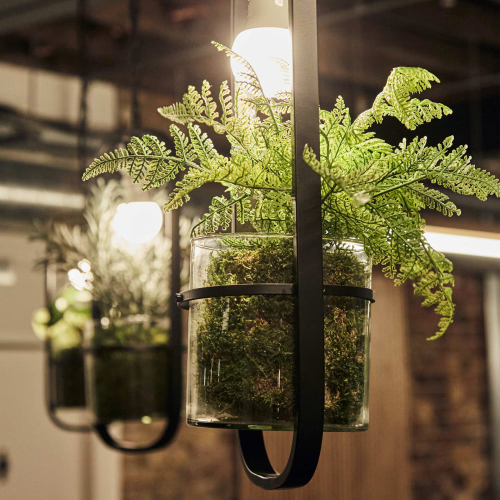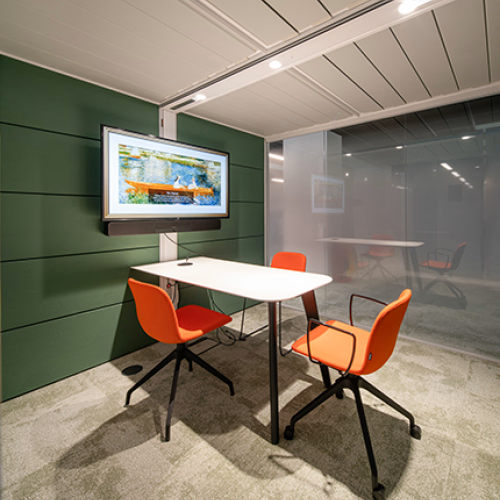7 small office design ideas to maximise your space
Designing a small office setup can be a challenging task. We've compiled seven small office design ideas to...


The workplace that we return to looks set to be a completely different place compared to the one we left back in March 2020. More than a year of remote and hybrid working has highlighted what we miss about the office, but also what we have enjoyed about working from home.
All of this means that it’s an exciting time to be designing the workplace of the future. The design concepts that will dominate the conversation will be based on the environment that businesses want to create when employees walk back through the office doors. It’s a conversation that has polarised opinion for over a year. A conversation that has been fuelled with the fundamental debate over whether the office, or the home will reign supreme.
The front of house or reception area of any workplace will set the precedent for a user’s experience within the rest of the space. Working remotely, we reduced the time spent travelling to and from physical meetings by adopting Zoom, Skype or Microsoft Teams into our daily routines. While face-to-face contact cannot be replicated over a screen, we have discovered more time efficient ways to conduct regular meetings, which means that visitors to the workplace may become less commonplace when we return. This means that first impressions will count more than ever before.
At Peldon Rose’s home in Sterling House, our open-plan front of house and kitchen area reflects the openness and transparency of our work. Welcoming our clients and our colleagues into the beating heart of our workplace creates a vibrant energy. An instant mood booster on arrival into an office will help reconnect colleagues who have spent a considerable time apart.
For businesses who adopt a flexible, hybrid working practice, this front of house experience may become more formalised. If your team is only venturing into the office a couple of times a week at most, it’s important to make them feel valued and welcome when they do. Creating an immersive welcome into your company with a greeting on arrival, just like checking into a hotel will instil colleagues with a sense of purpose and belonging. In fact, our Office of the Future report revealed that 84% of business leaders believe a physical workplace contributes to instilling vision and purpose, and providing your colleagues and clients great first impression is an important way to inspire from the outset.
While our work-from-home setups have varied drastically, with many younger members of the workforce confined to work from shared accommodation or bedrooms, we have all experienced a greater level of control over the atmosphere we work in. There are those of us who work while enjoying the background noise of a radio, and others who prefer to operate in complete silence. Similarly, we’ve adapted the lighting, temperature and even the aromas of our working environment to suit our personal preferences.
Now, after curating environments that optimise comfort, and in a lot of cases concentration, many will be anxious to leave the sanctuary of the home. This means employees will be looking to return to a workplace that feels almost like a home away from home. This was the inspiration behind one of our recent projects at The White Company. The design was centred around the concept of “going home to work”. The team created a workplace that uses domestic design elements to create a calming atmosphere, with a variety of working destinations to cater for those who like to work in solitude, or alongside others.
Similarly, we’ll see the installation of furniture that bridges the gap between home and work, stemming from a flexible attitude towards workspaces, that positions the comfort and wellbeing of employees at the centre.
As the office becomes a destination to facilitate learning and development, the workplace should look to recent movements in the leading learning faculties around the world. At forward-thinking universities such as in Sheffield, teaching is slowly moving away from the sort that takes place in lecture halls that demands students to follow a PowerPoint presentation. Instead, open-plan, flexible and evolving learning environments are taking shape that encourage engagement and mutual learning. At world-leading performing arts school LMA, we adapted our knowledge of the elements required to deliver a successful workplace to craft an environment for students to learn their arts and follow their passions.
To support this style of teaching, it’s important to use a range of comfort-based, relaxed furnishings such as sofas, beanbags and high-seating scrum stations. As students using these spaces graduate from university and enter the world of work, they will be accustomed to the practice of thriving in coffee shops and casual settings and will be receptive to this type of office environment. Of course, it’s also important to provide robust seating and workstations, to support posture and different styles of working. This was another important factor outlined by our Office of the Future report which revealed that 73% of respondents value comfortable seating in the workplace. But, by providing a range of seating environments, workspaces can cater for flexibility and a change of scenery.
With a renewed awareness in the need to look after our health, workplaces are set to encourage the pursuit of physical activity. We went for walks during lockdown and witnessed first-hand the marked benefits this had on our physical and mental wellbeing and enjoyed exercising in lieu of commuting. We know that exercise exposes our brain to more oxygen, which helps to foster creative thinking and improved energy levels and helps us to be more productive.
Whether it’s a workplace that can transform meeting rooms into a yoga studio or terrace spaces, a workplace that provides shower and bike-storage facilities, or a workplace with sit-stand desks, design should reflect and encourage physical movement. Designing a floorplan which allows occupants to navigate around the office to create their own desire paths is key to elevating physical and mental wellbeing in the office.
In summary, the workplace we’ll find ourselves in will neither champion the home nor the office as we knew it. Combining the two, offices will be designed in a way that takes the aspects that we enjoy from both, to create a harmonious surrounding that caters for work and play for colleagues and clients of every personality type. Importantly, we as individuals in society have had more control and more autonomy over our respective working environments than ever before and employers will need to take these learnings into consideration in order to create a workplace that supports and elevates wellbeing and productivity.

Designing a small office setup can be a challenging task. We've compiled seven small office design ideas to...

Here are 5 office design essentials for a commercial office space. Get inspiration from our experts for a...

Here are some creative office lighting ideas from Project Designer Ashton Holmes to brighten up your office.

Designing office spaces that cater to everyone is complex. Senior Project Designer Tash Hewlett explores...

Your workplace holds enormous potential to improve your business performance. Get in touch today, and we will unlock that potential together.